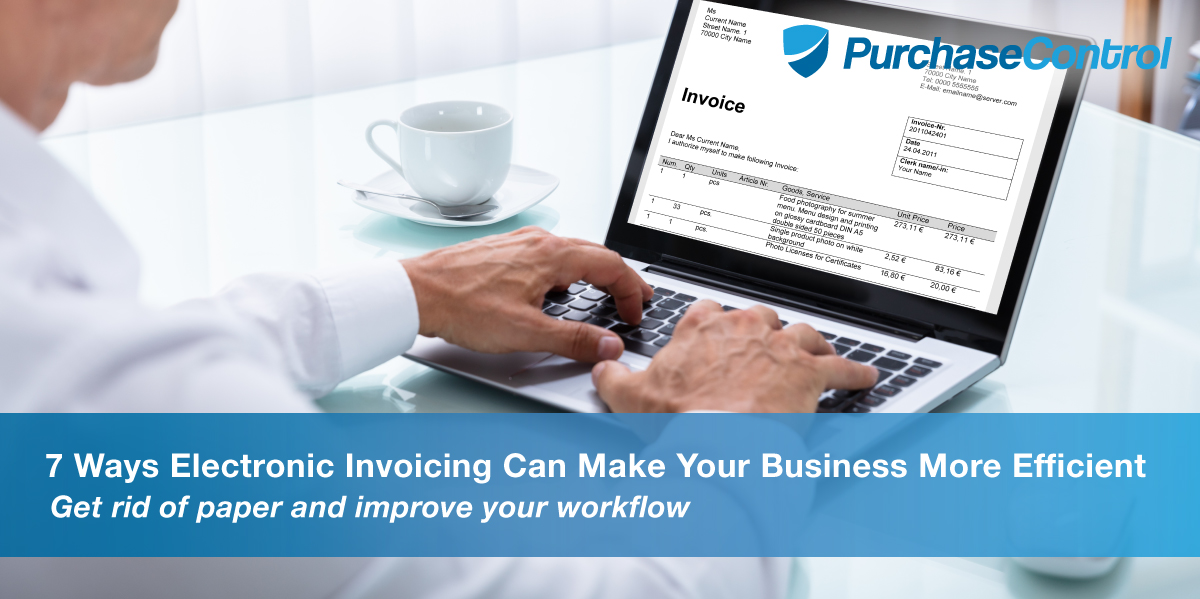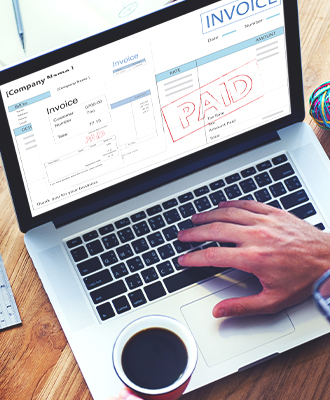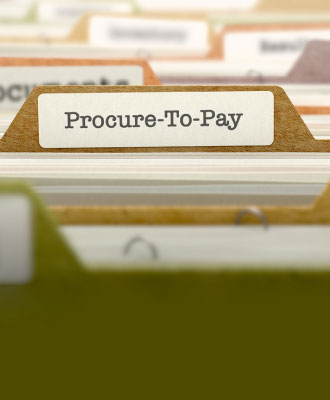Every business faces the same issue: how to cut costs. New advances in fintech for invoice processing save time and money without sacrificing quality.
Until very recently, accounts payable departments were the definition of inefficiency, using onerous processes characterized by outdated technology and inefficient methodologies.
Manual invoicing processes are needlessly complicated. Invoices may arrive from many sources, such as fax, snailmail, and email. Hard copies of paper invoices must be processed and verified by hand, entered into an accounting system or spreadsheet, and filed away.
Costly mistakes are common, and most businesses experience a bottleneck at some point in the process where payments are delayed, which erodes vendor relationships and may result in late fees or loss of early payment bonuses.
During a manual invoicing process, after copying details from an invoice, approval is required, often from more than one person. Once the invoice is approved, payment is scheduled. Finance departments are tasked with making informed decisions about when the invoice should be paid to balance the cash flow.
This process leaves the accounts payable staff spending time getting approving managers to sign off, answering inquiries from suppliers, and dealing with mountains of paper.
“Businesses clinging to manual e-invoicing waste far too much time fixing mistakes, searching for misfiled paperwork, and performing mundane work that can easily be automated.”
Electronic invoice handling advancements have been a real game-changer for accounts payable processing. Standards, such as Electronic Data Interchange (EDI), ensure documents follow a common standard for electronic invoicing. AP automation is more efficient and less prone to error, and repetitive tasks are easily automated. With an automated system, businesses have data analysis at their fingertips, and visibility into the entire end-to-end process.
Reality Check
Ardent Partners The State of ePayables 2018: The Future of AP is Now shows just how significant the impact of moving to a highly efficient automated accounts payable solution can be. Key findings include the astounding finding that the average enterprise still receives 55% of their invoices manually.
What defines best-in-class? Accounts payable department efficiency is determined by four key metrics:
- Average cost per invoice: Best-in-Class AP teams reports it costs $2.52 to process a single invoice compared to $17.61 for all others.
- Average invoice exception rate: Best-in-Class AP teams reported an exception rate of 8%, compared to 16.4% exception rate from less efficient organizations.
- Average invoices per FTE/month: The Best-in-Class metric is 4,814, compared to 1,408 for all others
- Average invoice processing cycle time: Best-in-Class AP processes invoices in 3.7 days on average, with all others reporting an average 17.1 day turnaround.
The top challenges cited by responding AP professionals were delays in receiving matching documentation for verification, invoice approvals taking too long, high number of exceptions, and lack of process visibility.
The cost savings argument for moving to an electronic invoicing system could not be more evident, and yet 24% of respondents said they could not get a budget to invest in an automated solution to solve common issues.
With rare exception, optimizing those metrics relies almost entirely on the level of automation employed by the organization and the quality of the accounting software solution they choose to accomplish accounts payable tasks. The larger the organization, the greater the challenges.
How Can Electronic Invoicing Can Make Your Business More Efficient?
1. Reduce hours and errors.
Eliminate data entry and the costly and time-consuming mistakes common to manual invoice processing. With electronic invoicing, suppliers typically submit PDF invoices.
PDF is technology available on any computer. It’s simple to learn and use, and contains a hidden layer of EXIF metadata readable by e-invoicing software. In the event of a dispute about the origin of an invoice, EXIF data holds the answer. It’s a sure way to verify the origin of any document. Most suppliers are already familiar with printing to PDF and will willingly conform.
2. Reduce paper.
Electronic invoicing represents cost savings for the receiving company and trading partners or suppliers. Paper and postage engender significant unnecessary costs, are difficult and time-consuming to search, and require storage space that can add up to rooms full of filing cabinets – expensive real estate that can surely be used for a better purpose on both ends of the transaction.
By going paperless, organizations will also reduce their carbon footprint, a point that integrates well into green initiatives popular with consumers.
3. Automatic invoice verification with 3-way-matching.
When invoices arrive, line items and details are immediately verified via a 3-way match with the purchase order and delivery slip. This eliminates the need to rifle through a filing cabinet to locate individual pieces of paper, and avoids rubber-stamp approvals for invoices from trusted suppliers or service providers that may contain errors.
4. Eliminate bottlenecks.
When an e-invoice arrives, the automated system alerts the appropriate managers for approval, eliminating the need for discussions or repeated requests. Managers can look over and approve invoices already verified and attached to a record with all documentation and information necessary for approval.
Automated AP processes position organizations well for increased business. As more invoices pour in, AP departments with digital strategy handle increased volume smoothly and without interruption, keep the cash flow stable and make strategically timed payments to vendors and service providers.
5. Manage accruals.
In the Hyland 2018 State of Accounts Payable Report, more than half of responding accounts payable managers said “not processing invoices by their dated payment period impacts their accruals.” While accrual method provides an accurate picture of company finances, inaccurate reporting can lead to serious cash flow issues. Electronic invoicing allows greater visibility into the process and enhanced invoice data reporting to help accurately predict future cash flow.
6. Create visibility.
Managers and other stakeholders have continuous visibility into every facet of invoice processing, allowing careful oversight into company finances. Performance metrics highlight weak areas and show where the process needs to be tweaked for improved efficiency.
Electronic invoicing systems provide access to real-time data necessary to control cash flow. Automated solutions offer reporting from specific transactions to big-picture overviews. Managers can see at a glance which invoices have been paid, which are overdue, and what is causing any delays.
7. Control inventory.
Automated invoicing offers real-time stock updates for better purchasing control across the supply chain. Reports and analytics allow procurement departments to order items as needed, keep track of in-stock inventory, and drive informed future purchasing decisions. Strategic inventory planning gives companies better control over spend and helps them cut warehousing costs and spoilage.
8. E-invoice archiving.
E-invoice archives leave a permanent record of the organization’s entire history with a customer or supplier, without taking up space. With e-records, finding an invoice from years before can take seconds and return all related documentation needed to meet compliance regulations or satisfy an audit. Records can be saved locally as long as deemed necessary, and backed up to a storage device for future reference when the designated time period has passed.
Accounts payable functions have evolved rapidly in the digital era, playing an increasingly influential role in organizational financial strategy. Well-managed AP procedures impact cash flow, vendor relations, delivery speed and efficiency, and the cost of the procure-to-pay process.
Outdated processes were detrimental to efficient invoicing procedures, resulting in higher processing costs, inconsistent accruals, and a persistent backlog of unprocessed and overdue invoices. Inefficient invoicing systems deteriorate relationships with suppliers and are prone to errors, missed early payment discounts, late payment penalties, and other costly issues easily avoided with an automated system.
Greatly reduce your accounts payable invoice processing times with PurchaseControl.
Find Out How








